Water harvesting and supplemental irrigation for improved water productivity of dry farming systems in West Asia and North Africa

Authors:
In the dry areas, water, not land, is the most limiting resource for improved agricultural production. Maximizing water productivity, and not yield per unit of land, is therefore a better strategy for dry farming systems. Under such conditions, more efficient water management techniques must be adopted. Supplemental irrigation (SI) is a highly efficient practice with great potential for increasing agricultural production and improving livelihoods in the dry rainfed areas. In the drier environments, most of the rainwater is lost by evaporation; therefore the rainwater productivity is extremely low. Water harvesting can improve agriculture by directing and concentrating rainwater through runoff to the plants and other beneficial uses. It was found that over 50% of lost water can be recovered at a very little cost. However, socioeconomic and environmental benefits of this practice are far more important than increasing agricultural water productivity. This paper highlights the major research findings regarding improving water productivity in the dry rainfed region of West Asia and North Africa. It shows that substantial and sustainable improvements in water productivity can only be achieved through integrated farm resources management. On-farm water-productive techniques if coupled with improved irrigation management options, better crop selection and appropriate cultural practices, improved genetic make-up, and timely socioeconomic interventions will help to achieve this objective. Conventional water management guidelines should be revised to ensure maximum water productivity instead of land productivity.
